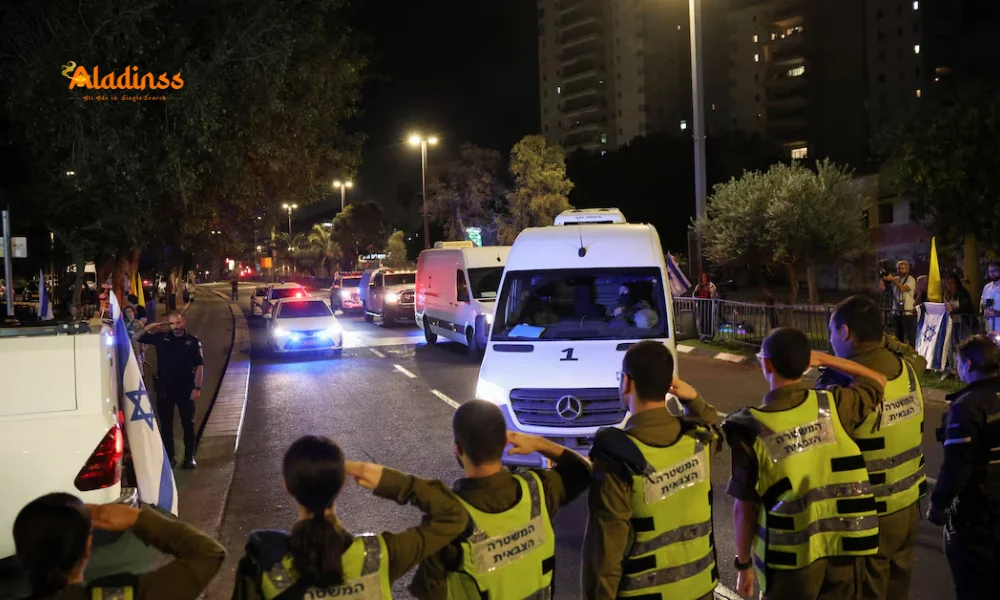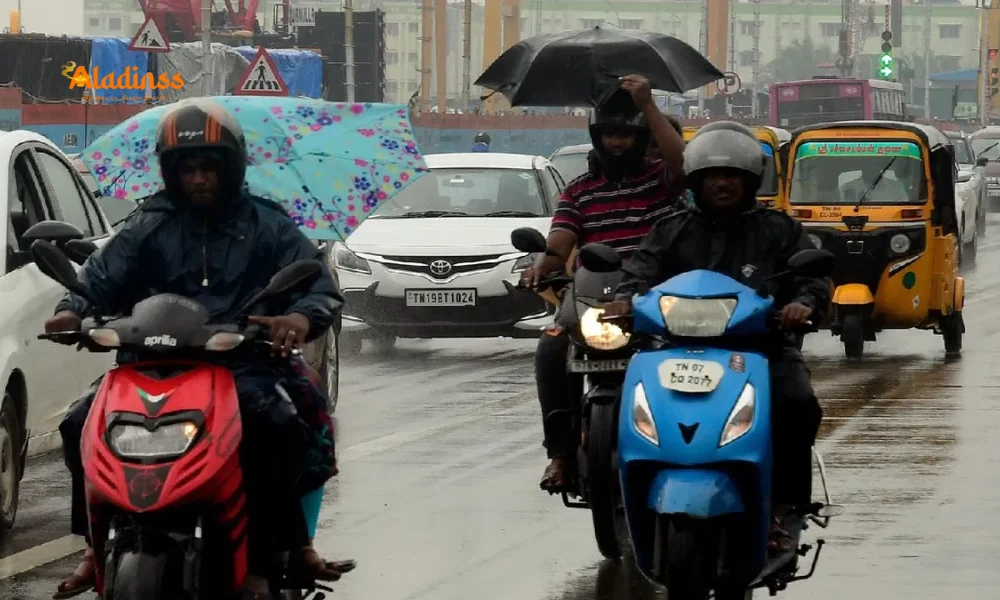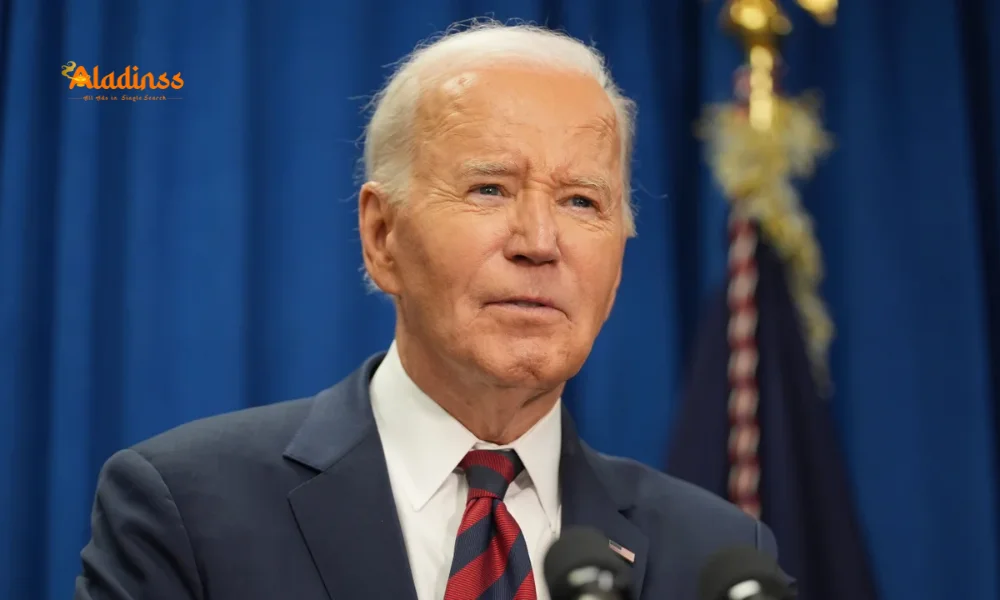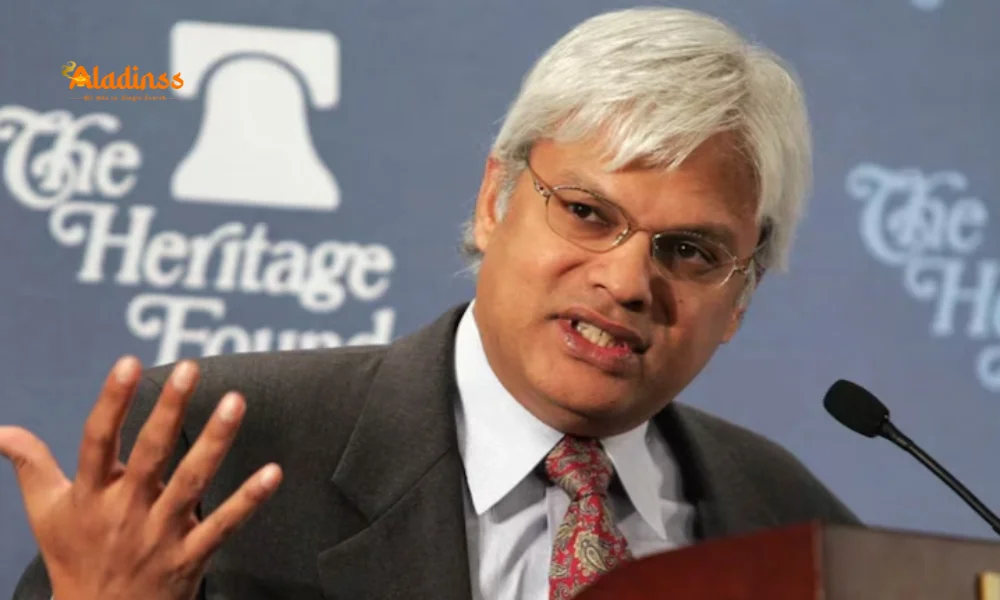Pak-Afghan Border Clashes: Kurram Fighting Kills Dozens
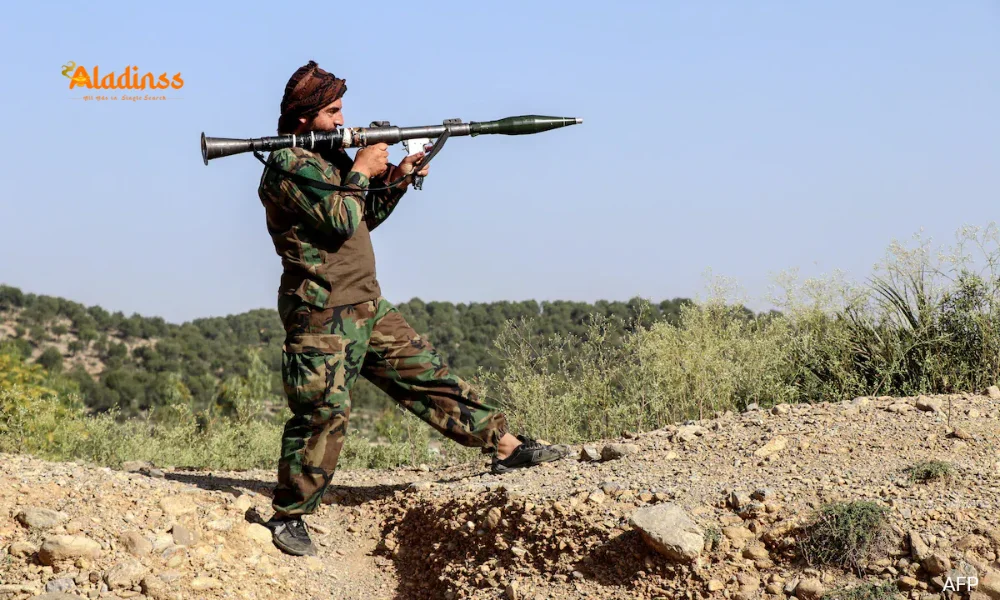
Pakistan-Afghanistan Border Clashes Escalate: Fresh Fighting in Kurram District Claims Dozens of Lives
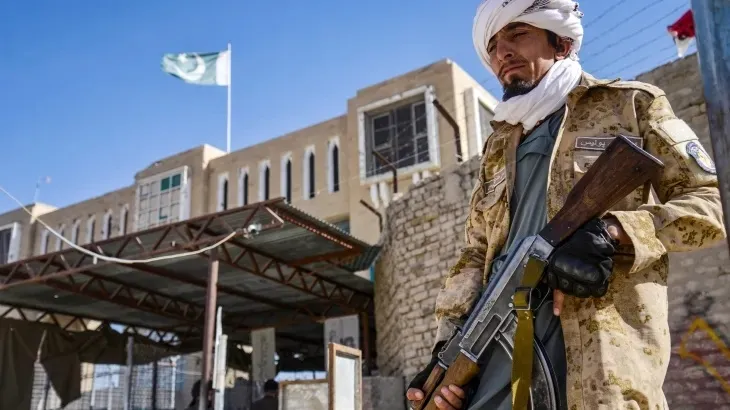
Tensions along the volatile Pakistan-Afghanistan border have surged to new heights with renewed clashes between Pakistani troops and Afghan Taliban forces in Kurram district of Khyber Pakhtunkhwa. On the night of October 14, 2025, intense exchanges of fire erupted once more, marking the latest chapter in a series of deadly confrontations that have already claimed over 250 lives this week. Pakistani security officials reported that Afghan Taliban and militants from the banned Tehreek-e-Taliban Pakistan (TTP)-referred to as "Fitna al-Khawarij" by Islamabad-initiated unprovoked attacks on border posts, prompting a robust counteroffensive from the Pakistan Army.
Local media outlets, including state-run PTV News, detailed heavy artillery duels that inflicted significant damage on Taliban positions, including the destruction of at least four tanks and multiple outposts in the Shorko and Gavi sectors. Reports indicate Taliban fighters fled their strongholds, leaving behind casualties, while Pakistani forces neutralized a key TTP commander during the operation. This escalation follows a weekend of fierce skirmishes that killed 23 Pakistani soldiers and over 200 militants, according to the Inter-Services Public Relations (ISPR), while Kabul claimed 58 Pakistani troops dead in a "retaliatory" action.
The border, a 2,640-km stretch known as the Durand Line, remains a flashpoint, with both nations accusing each other of violations. Pakistan has sealed key crossings like Torkham and Chaman, stranding thousands of trucks and exacerbating economic woes in the region.
Timeline of the Latest Border Clashes in Kurram
The current wave of Pakistan-Afghanistan border clashes began on October 9, 2025, when explosions rocked Kabul, prompting accusations of Pakistani airstrikes on Afghan soil. Islamabad denied the claims but intensified drone operations targeting TTP hideouts in provinces like Paktika and Khost. By October 11, Afghan Taliban forces launched coordinated assaults on Pakistani posts across seven locations: Angoor Adda, Bajaur, Kurram, Dir, Chitral in Khyber Pakhtunkhwa, and Bahram Chah in Balochistan.
Overnight from October 11-12, heavy weapons fire echoed through the mountains, with residents in Kurram describing hours of unrelenting artillery. Pakistani state media aired footage of burning Taliban posts and surrendering fighters, while the ISPR reported neutralizing over 200 militants. Kabul's Defense Ministry countered that its operations captured 25 Pakistani posts and inflicted heavy losses, framing the action as retaliation for sovereignty breaches.
Intermittent gunfire persisted into October 13, with a mortar shell from Afghanistan killing one civilian and wounding another in Tiri village, Kurram. On October 14 night, clashes reignited in Zazai Maidan (Afghan side) and Speena Shaga (Pakistani side), near Khost province. PTV News confirmed the destruction of additional Taliban tanks at Shamsadar post, forcing fighters to retreat. As of October 15, fighting has subsided, but local officials warn of sporadic exchanges.
- October 9: Explosions in Kabul; Afghanistan accuses Pakistan of airstrikes.
- October 11-12: Taliban attacks on multiple Pakistani posts; 23 Pakistani soldiers killed, 200+ militants dead (per ISPR).
- October 13: Mortar fire injures civilians in Kurram; borders sealed.
- October 14: Renewed clashes in Shorko sector; Taliban tanks destroyed.
- October 15: Situation tense; emergency in Kurram hospitals.
These incidents represent the deadliest escalation since the Taliban's 2021 return to power, surpassing previous skirmishes in Spin Boldak and Bajaur. The Kurram district, a Pashtun heartland riddled with sectarian divides, has seen heightened tribal involvement, with locals aiding Pakistani forces by supplying essentials to frontlines.
Casualties and Humanitarian Impact
Conflicting reports underscore the fog of war in these Pakistan-Afghanistan border clashes. Pakistan's ISPR tallies 23 soldiers martyred and 29 injured, alongside 200 Taliban and TTP militants eliminated. Afghan spokesman Zabihullah Mujahid claimed 58 Pakistani deaths, 30 wounded, and nine Taliban fighters lost, with 16-18 injured. Independent monitors like the Centre for Research and Security Studies (CRSS) estimate over 250 total fatalities, including civilians caught in crossfire.
In Kurram, a mortar strike on October 13 killed a captain and wounded two soldiers, while shelling damaged homes in Tiri village, displacing families. The Kharlachi crossing's closure has stranded over 1,000 trucks, disrupting trade worth millions and fueling shortages in perishable goods. Displaced Pashtuns from Kurram and Bajaur have swelled refugee camps, exacerbating a crisis that has persisted since 2021.
Humanitarian agencies, including the UN, urge de-escalation, warning of famine risks in border villages. Tribal jirgas in Kurram have mobilized volunteers, but sectarian tensions between Sunni and Shia communities-exacerbated by TTP infiltration-threaten broader unrest. Hospitals in Parachinar declared emergencies, treating shrapnel wounds and blast injuries amid ammunition shortages.
The economic toll mounts: Pakistan's fencing of 90% of the border by mid-2025 has curbed smuggling but provoked Taliban sabotage, while closures halt remittances and fuel prices. Residents like Shabbir Khan from Kurram recount sleepless nights under artillery barrages, highlighting the human cost of this proxy battle between state forces and insurgents.
Underlying Causes: Durand Line Dispute and TTP Safe Havens
At the heart of these Pakistan-Afghanistan border clashes lies the disputed Durand Line, a 1893 British colonial demarcation rejected by Kabul as an arbitrary division of Pashtun lands. Spanning rugged Hindu Kush terrain, the 2,640-km frontier facilitates militant crossings, drug trafficking, and refugee flows, with porous sections enabling TTP operations from Afghan soil.
Islamabad accuses the Taliban regime of harboring TTP-led by Noor Wali Mehsud-whose attacks surged 71% in Khyber Pakhtunkhwa in Q3 2025, per CRSS. Pakistan's airstrikes, like those in Paktika on October 9 killing 27 militants, aim to dismantle these networks but often spill into Afghan territory, provoking reprisals. Kabul denies sanctuary claims, insisting TTP acts independently, but analysts point to ideological affinities and shared Pashtun grievances.
Geopolitical undercurrents amplify risks: Pakistan's alignment with China via CPEC contrasts Kabul's overtures to India, as seen in Foreign Minister Amir Khan Muttaqi's October 2025 New Delhi visit. This timing fueled speculation of Pakistani preemption, though unconfirmed. Historical precedents, from 2022 Spin Boldak clashes to 2024 Bajaur incursions, reveal a pattern of tit-for-tat violence, with 2025 marking the deadliest year yet.
Sectarian dimensions in Kurram-home to Shia Hazaras vulnerable to TTP Sunni extremism-add layers, with tribal militias bolstering defenses. The fencing, 90% complete, symbolizes Islamabad's resolve but ignites sovereignty rows, as Taliban guards dismantle sections claiming overreach.
Diplomatic Fallout and International Responses
Pakistan's Foreign Office, through Secretary Amna Baloch, briefed envoys in Islamabad on October 14, stressing legitimate security concerns and resolve to safeguard integrity. PM Shehbaz Sharif vowed "befitting replies," echoing Interior Minister Mohsin Naqvi's India-Pakistan 2025 conflict reference. Army Chief Asim Munir inspected Kurram frontlines, signaling unified command.
Kabul's Amir Khan Muttaqi, from New Delhi, paused operations "for now" but warned of responses to airspace violations. Taliban Defense Ministry spokesman Enayatullah Khowarazmi affirmed readiness, while Foreign Minister Abbas Araghchi urged restraint. Saudi Arabia and Qatar mediated ceasefires, but closures persist, impacting $2 billion annual trade.
Global powers watch warily: US condemns TTP sanctuaries, China frets CPEC disruptions, India monitors Taliban ties. UN calls for dialogue, fearing refugee surges. Analysts like those at Al Jazeera warn of wider conflict, drawing parallels to 1979 Soviet invasion triggers.
Regional Implications and Path Forward
These Pakistan-Afghanistan border clashes threaten regional stability, potentially spilling into Balochistan or Waziristan. TTP's resurgence, with 400 militants allegedly seizing Bajaur posts in January 2025, underscores counterterrorism failures. Economic fallout-disrupted remittances, fuel hikes-hits vulnerable border economies hardest.
Prospects for de-escalation hinge on jirgas and backchannel talks, but trust deficits persist. Pakistan demands TTP extraditions; Kabul seeks border recognition. International mediation, via OIC or UN, could broker ceasefires, but without addressing Durand grievances, cycles endure.
For Kurram's residents, unity prevails: Pashtun tribes stand with troops, vowing defense. As intermittent fire fades, the fragile peace underscores a deeper malaise-unresolved legacies fueling endless strife.
(Word count: 1,248)
Comment / Reply From
No comments yet. Be the first to comment!
